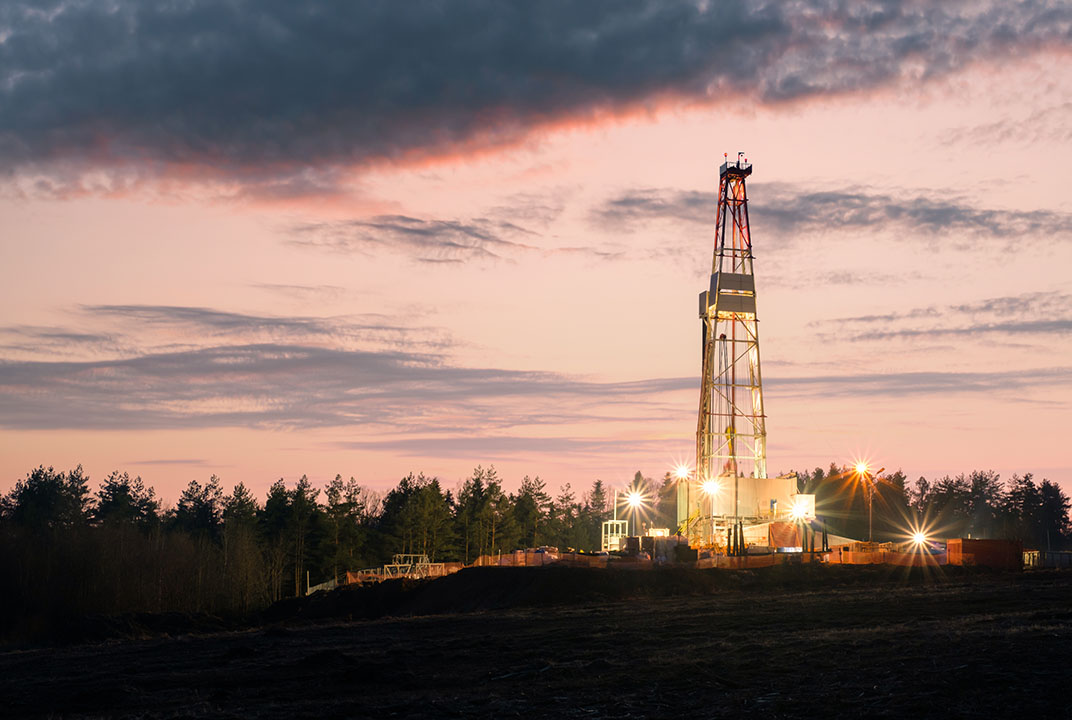Insight | Industrial IoT in the Time of Covid-19: Oil and Gas
Industrial IoT in the Time of Covid-19: Oil and Gas
null
IoT is helping oil and gas businesses overcome key business challenges and increase their ability to monitor, manage and automate remotely.
The oil and gas sector faces the most challenging period of its existence. Global oil demand fell by 25 per cent in 2020, due to the Covid-19 pandemic. This, in addition to the macro-shift toward more sustainable fuel sources, presents a huge challenge.
IoT is delivering cost savings and operational efficiencies across the sector, while improving safety. Our research uncovered many applications of IoT technology, from efficient sample analysis, to unmanned exploration rigs, and remote well head monitoring. It also highlighted that pipeline monitoring for flow rates and vehicle telemetry for exploration and maintenance vehicles further contribute to operational efficiencies.
Our research reveals that the level and pace of the oil and gas sector’s investment in new IoT technologies has increased over the last year, partly as a response to the pandemic. Those companies which best utilise IoT and other Industry 4.0 technologies now, are well positioned to be more profitable in the years ahead.
Read the Industrial IoT in the Time of Covid-19: Oil and Gas report
Adoption
IoT adoption levels are reaching a high level of maturity, with most oil and gas businesses (74 per cent) having now fully deployed at least one IoT project. 24 per cent have deployed at least one IoT project in the last six months alone, demonstrating the increasing importance of the technology to the industry.
82 per cent agree that IoT projects have become more successful since solving their connectivity challenges
Connectivity
Satellite is the most widely used type of backhaul connectivity in oil and gas IoT projects. This illustrates the importance of connectivity that works anywhere in the world, for an industry where operations take place in remote locations and difficult, unforgiving environments.
Data
Many oil and gas professionals still struggle to leverage and share their IoT data as effectively as possible. A contributing concern, front of mind for many in this regard, is security, cited as a primary concern by 53 per cent of respondents.
41 per cent of respondents gather IoT data points in real-time
Skills
The biggest barrier impacting IoT deployment in the oil and gas industry is a lack of in-house skills. The main challenge post-deployment is a lack of IoT prioritisation at board level. To successfully deliver IoT projects, 55 per cent of respondents said that they needed additional connectivity and security skills.
Security
Poor network security and the risk of external cyber-attacks are the two biggest security concerns in the industry, cited by 58 per cent and 54 per cent of respondents, respectively. 72 per cent of those consider poor network security to be the biggest challenge associated with IoT.
Investment
IoT investments have taken centre stage over the last year as a lever for optimisation. Oil and gas businesses are dedicating more IT budget to IoT than other technologies. Average estimated cost savings delivered by IoT is expected to rise from 15 per cent over the 12 months, to 30 per cent in five years’ time.
Explore your sector
Our research looks at the effect that Covid-19 has had on IoT adoption and sheds light on the next steps that organisations in the agriculture, electrical utilities, mining, oil and gas, and transport and logistics sectors must take on their IoT journeys. Explore how organisations in your sector are harnessing IoT to meet today’s most pressing business challenges – and create new opportunities as well.
About the research
The Inmarsat Research Programme is now in its fifth year, with this 2021 report providing an update on how the industrial Internet of Things (IoT) is being adopted by organisations across the agriculture, electrical utilities, mining, oil and gas and transport and logistics sectors.
Specifically, this report looks at the impact of Covid-19 on IoT adoption, as well as challenges related to connectivity, skills, security, data and investment.
To understand this Inmarsat commissioned Vanson Bourne, a specialist technology market research company, to interview 450 respondents in early 2021, a year after the start of the pandemic.
Respondents work for organisations with at least 250 employees and are drawn from various global regions including the Americas, EMEA and Asia-Pacific. All of those surveyed are responsible for delivering IoT initiatives at their respective organisations.


